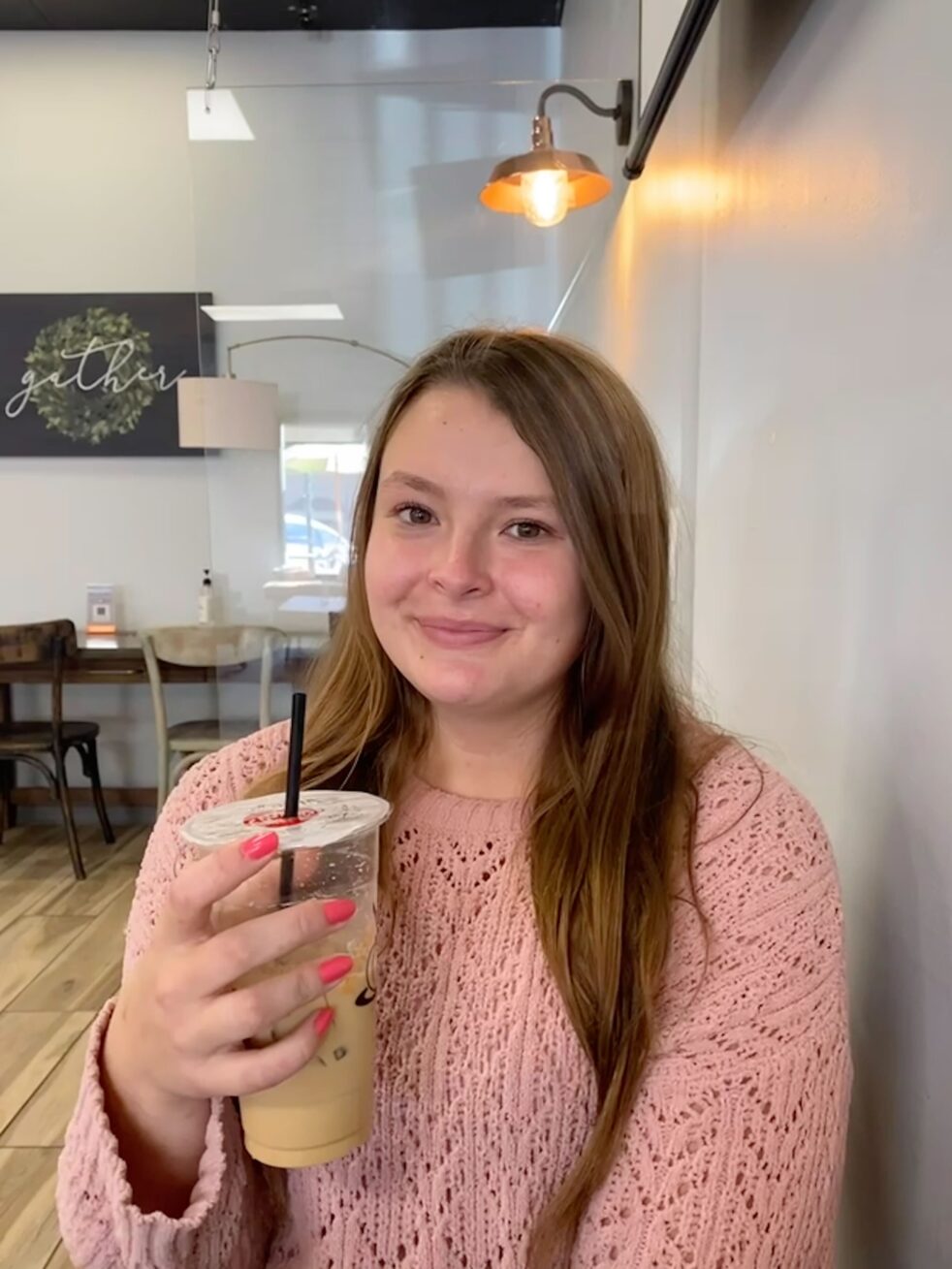Throughout my entire life, I have always felt drawn to typically “feminine” media, interests and aesthetic elements.
No matter how many pairs of bootcut jeans or sneakers my parents stocked my closet with, I wanted nothing to do with anything besides dresses and skirts.
No matter how many times my mom tried to get me to just wear pants or to play soccer in the backyard with her, I genuinely found more happiness playing dress up, sewing, doing arts and crafts or reading.
Among the hundreds of these books that I read throughout my childhood, nearly all of them had an undertone that condemned the validity of traditionally feminine
interests, especially for little girls. One of the hallmarks of children and young adult media from the late 2000s and early 2010s is the prevalence of the heroine that is just “not like other
girls.” She does not have distinctly feminine interests like the “mean girl” who serves as her foil.
She is tall and skinny, so the boys are never interested in her, and she draws much of her identity from these types of contrasts between herself and those around her.
Whether it was Tris from “Divergent,” Francine from “Arthur,” Taylor Swift telling the world that “she wears high heels/ I wear sneakers” in “You Belong With Me,” Alaska in “Looking For Alaska,” Janis and early Cady in “Mean Girls” or even Hermione in the earlier entries of the “Harry Potter” series, female protagonists who rejected femininity and used it as an excuse to put other characters down surrounded my media consumption throughout my childhood and adolescence.
As someone who has always felt very connected to traditionally feminine interests, these stories that villainized the girls who wore pink and cared about how their hair looked by constantly writing them as the foil of the protagonist made me internalize the feeling that something was inherently wrong with me as a person because of something as simple as my favorite color.
This level of internalized self hatred being supported by the books I was reading, the movies and TV shows I was watching and the songs I was listening to is shocking. It contributed extremely significantly to feelings of self hatred that I am still fighting against to this day.
The media we create for our young people matters, and the characters we uplift or villainize by this media tells children and teens who their society values or believes to be a villain.
Much of the media from my childhood was telling me that I was the villain. I loved the outfits that the Plastics wore in “Mean Girls,” I unironically loved the aesthetic of Dolores Umbridge’s office in Hogwarts and I always felt much more like Anne’s classmates than Anne herself in “Anne With an E.”
I have always felt a level of guilt in my mind for finding this connection to the villains, or at least not the protagonist, in so many stories.
The tide has begun to turn to present women who enjoy traditional femininity in a positive light, rather than as shallow and frivolous.
The “Barbie” movie undoubtedly presents a new version of femininity to
mainstream media, where the protagonist is allowed to be girly and love pink,
and it does not take away from her substance or importance.
She harkened back to iconic female protagonists, like Elle Woods from “Legally Blonde” herself, and reminded audiences that someone does not have to conform to the masculine ideals society continues to prioritize to be worthy of value.
When so many protagonists within the media targeted at a particular demographic represent a single personality type, anyone who exists outside of that personality is left feeling like their stories will continue to go untold and that they are at fault for their exclusion from the spotlight.
They, especially if they are a child, are left feeling like the reason they are not feeling a connection with the stories they are presented is due to some kind of deficit within themselves.
Whether the stories being shared are consistently about protagonists that look alike, act alike or are in any other way a sort of monolith, everyone who is not already within that well represented group is bound to feel alienated by the media that they consume. Everyone, especially children, deserves to see characters that are like them within the media as the protagonist, lest they start to villainize themselves unnecessarily.
